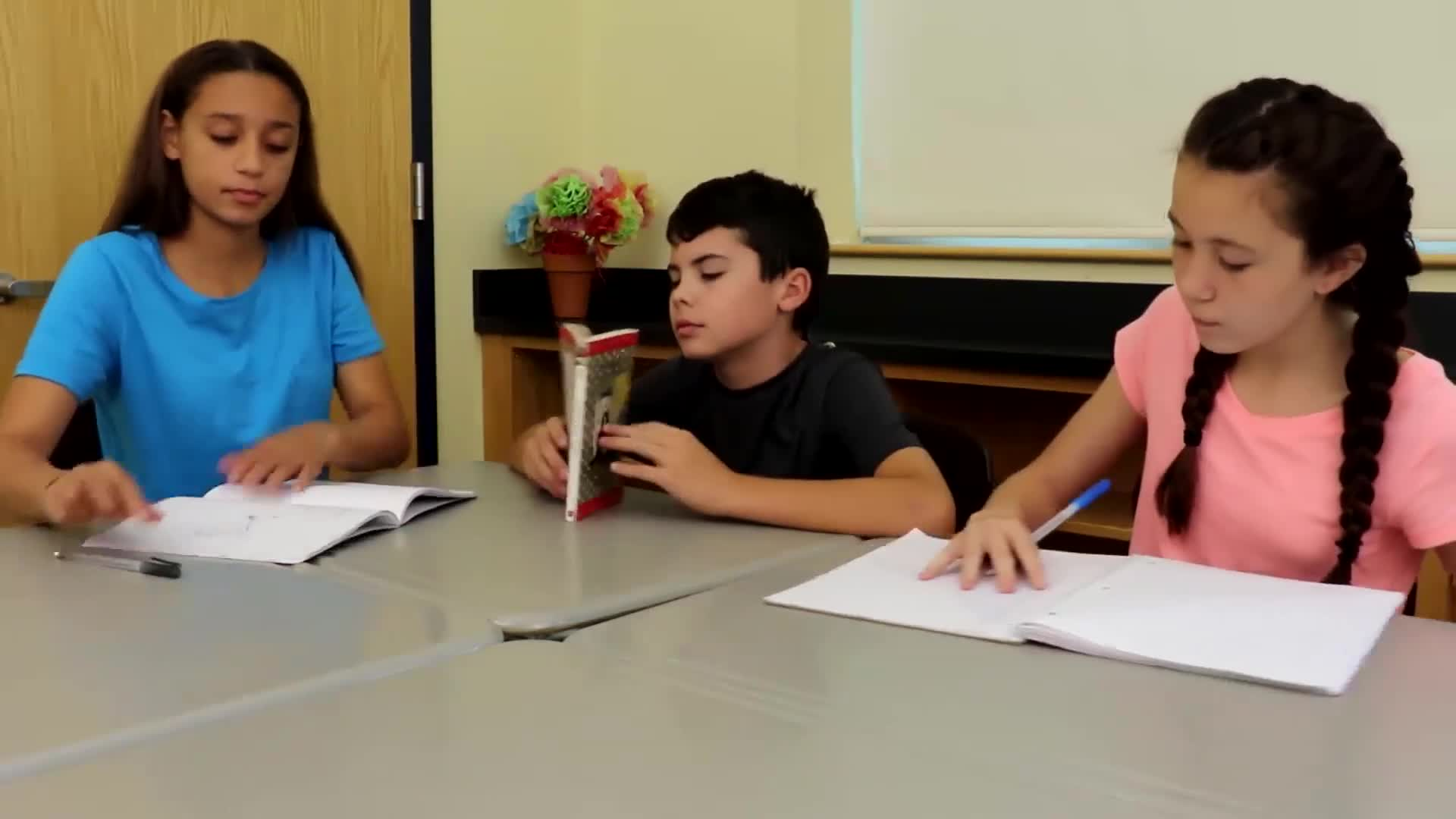
Introduction
Collaborative play is an essential skill that helps children develop positive relationships, empathy, and cooperation. By teaching students how to engage in collaborative play, educators can foster a positive learning environment and promote social-emotional growth. This blog post will provide an overview of collaborative play skills and offer a no-prep activity, discussion questions, and related skills to help educators teach these skills to their elementary students.
No-Prep Activity: Movie Freeze Tag
Movie freeze tag is a fun and engaging activity that requires no preparation or materials. It combines the traditional game of freeze tag with a movie trivia twist, encouraging students to work together and share ideas. Here’s how to play:
- Divide the students into two teams: one team will be the taggers, and the other team will be the runners.
- The taggers’ objective is to tag the runners, while the runners try to avoid being tagged.
- When a runner is tagged, they must freeze in place and shout out the name of a movie to become unfrozen.
- Other runners can help their frozen teammates by giving them movie suggestions.
- The game continues until all runners are frozen or a predetermined time limit is reached.
This activity promotes collaborative play by encouraging students to listen to each other’s ideas, share their own, and work together to achieve a common goal.
Discussion Questions
- How did it feel to share your ideas and listen to others during the game?
- What strategies did you use to help your teammates when they were frozen?
- How did working together as a team help you succeed in the game?
- Can you think of other situations where collaborative play skills might be useful?
- Why is it important to be open to new ideas and suggestions during play?
Related Skills
Teaching collaborative play skills to elementary students can also help them develop other essential social-emotional skills, such as:
- Empathy: Understanding and sharing the feelings of others.
- Active listening: Paying full attention to what others are saying, asking questions, and responding appropriately.
- Problem-solving: Identifying problems and working with others to find effective solutions.
- Conflict resolution: Addressing disagreements and working together to find a resolution that benefits everyone involved.
Next Steps
Now that you have learned about teaching collaborative play skills to elementary students, you can put these strategies into practice in your classroom. To further enhance your students’ social-emotional learning, sign up for free samples of skill-building materials and other resources at Everyday Speech. These materials will provide you with additional tools and activities to support your students’ growth and development.

